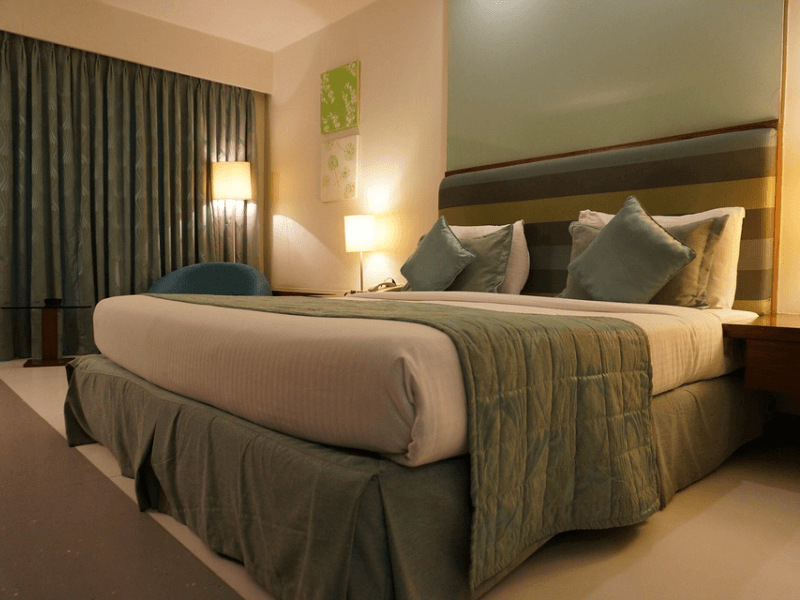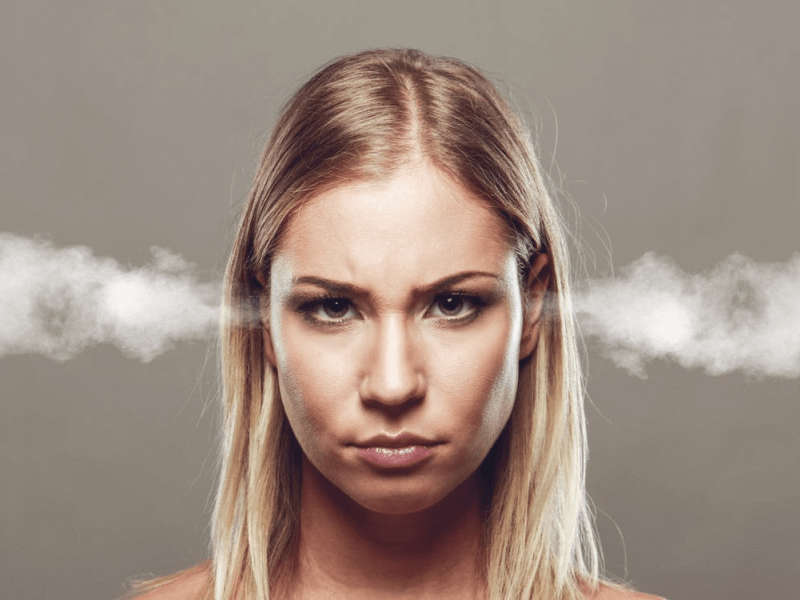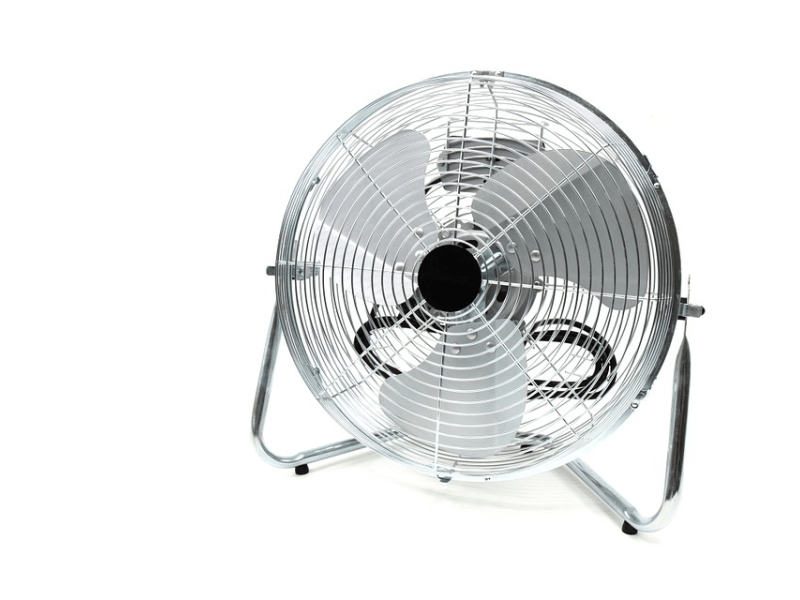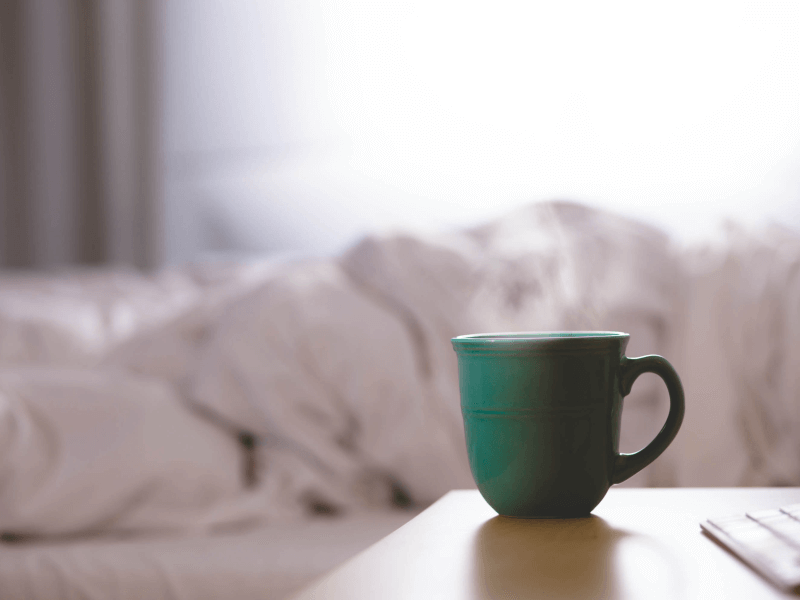When you’re serious about improving your sleep quality, and you’re already employing the right methods and have the right mindset, what else is left to do? Upgrade and expand your collection of tools, of course. Even with the best sleep hygiene and the most consistent habits, you can only go so far with substandard products and a lack of sorely needed items.
Having all the right materials can increase the effectiveness of your methods and mindset exponentially; but it can be difficult to assemble a complete set of what you need right away, as some materials can be on the pricey side. Yes, a good mattress is important; but this big ticket item is not the only thing that helps! You can start with smaller investments, like better pillows and sheets—or even something as simple as earplugs and sleep masks—while you save up for larger purchases. Below is a handy overview of some basic materials that can make a positive impact on the way you sleep.
Blocking out the Light
One of the most essential components of a good sleep environment is the the lack of light. It’s not just because it’s easier to slip into sleep when it’s dark; in fact, many experts advocate lessening light exposure in the hours leading up to bedtime and even sleeping in total darkness for a various reasons. A common reason is that light may suppress the body’s production of melatonin—a natural restorative tool, sleep regulator and antioxidant—as a 2010 study published by the Journal of Clinical Endocrinology & Metabolism shows. Moreover, another study from 2014, published by Nature Reviews Neuroscience, explores how light exposure influences not only your natural sleep schedule, but also mood and learning.

Sleep masks are a start, but a great step up is to get blackout curtains. You can also try other specialized products, such as light bulbs or even apps for your devices that filter out most of the blue light spectrum—which, according to a 2011 study published by the Journal of Applied Physiology, affects melatonin production the most.
Dealing with Noise Pollution
This one’s a no-brainer, as it’s usually what wakes us up—intentionally or otherwise. Aren’t most alarm clocks dependent on sound? It follows, then, that certain levels or patterns of sound disrupt sleep. Luckily, there is a whole range of materials to help you out; the most obvious and cost-efficient being a good pair of earplugs. The only downside is that you may have to rely on a waking-up technique that doesn’t involve sound; although with a truly healthy sleep schedule, you will often find that you will wake up on time naturally.
Any sound-insulating measure helps: carpets and tapestries, for example. Those blackout curtains we mentioned earlier actually have a dual purpose; heavy drapes also muffle sound. In addition to your windows, you might also consider installing curtains to cover your door, as most of the outside noise that filters into your bedroom can actually come in through the thin slits of space all around it.

Another option is to install a door sweep, or all-around weather stripping. However, a sound machine of your choice—and there are many, from those that specialize in actual white noise, to those that use spa-worthy clips, like falling rain or waves—is the real upgrade. Not ready to commit to purchasing a specialized item? Here’s a great life hack: an electric fan is often the same price as a sound machine or cheaper, and not only lowers room temperature, but also provides some white noise.
Conditioning the Air You Breathe
The right atmosphere contributes to a good sleeping environment in more ways than one. There are several factors to consider when it comes to air quality: temperature, humidity, and purity. For the first, most homes can rely on thermostats, air conditioners or electric fans; just make sure that the bedroom is always between 60 to 67 degrees Fahrenheit.
High humidity can cause discomfort during warm weather and can help along mold growth, particularly in mattresses that rest on the floor or on a solid, non-breathable surface. Low humidity, on the other hand, can dry out your nasal passages—causing irritation, coughing, sneezing and eventually a stuffy nose. Both extremes disrupt sleep. Humidity can, to an extent, be helped by temperature control; but if you find that you are particularly affected by it, you should consider getting a humidifier, especially for those dry winter months. During hot summers, you can try wearing lighter clothes—even sleeping in the nude—and using absorbent, moisture-wicking bed sheets.

Air purifiers—or, if you’re on a budget, certain houseplants—are particularly useful for people prone to nasal congestion, breathing difficulties, and various allergies. A 2010 study published by the American Journal of Respiratory and Critical Care Medicine confirms that air pollution does negatively impact people’s sleep and tendency to develop sleep-disordered breathing. For more extreme cases—from loud snoring to diagnosed Obstructive Sleep Apnea (OSA)—consider investing in a Continuous Positive Airway Pressure (CPAP) machine.
Investing in Comfort and Health
As we mentioned earlier, the biggest investment you can make to improve on your quality of sleep is to buy a new mattress. Since a high quality one should last at least eight to 10 years, and is likely to be more expensive than everything else we’ve mentioned so far—with the possible exception of the CPAP machine—you should choose one that is perfectly suited to your needs. You can even splurge on smart beds that adjust the temperature and firmness of sections of the mattress.
If you’re on a budget, you can go for an affordable mattress and add a mattress topper for extra comfort. Be sure to remember that you need good pillows that fit your sleeping position, too! Generally, firm pillows are best for side sleepers, while soft pillows help if you sleep on your back. Stomach sleepers need not only soft, but also relatively flat pillows. Both mattress toppers and pillows have temperature-controlled—or at least cooling—variants, too.
Medicating as a Last Resort
Sleep aids and supplements can help, although they shouldn’t be the first option—or a regular option at all. Common sleep aids, like most over the counter medication, come with side effects; some of which cancel out your intentions. For instance: Some pills can cause drowsiness and dizziness the day after, or cause rebound insomnia the next night. Some even lower the overall quality of the induced sleep it provides. While it certainly isn’t harmful to use one or a few during periods where you absolutely need to get some sleep—when you’re experiencing jet lag while on vacation, for example—it’s not a suitable long term solution.

Supplements—and we’ll include tea in this category—aren’t well-regulated, and there are far less official studies done on their effects. Also, there is a tendency to think that since most supplements are natural, they are automatically healthy and safe. That is definitely not the case! For instance, melatonin supplements are generally believed to be safe because it’s a naturally occurring hormone in the human body; but it’s been known to interfere with some diabetes and blood pressure medications. Kava is a root found in the South Pacific, typically prepared and taken in as tea; and while it’s been observed that it helps people with a certain kind of insomnia, it can also cause liver damage in unregulated amounts. Valerian is a herb with sedative properties, used to treat both insomnia and anxiety; and while it’s generally considered non-addictive and safe, it can interfere with lipid-lowering medications and antihistamines.
Even something as common as Chamomile tea, which is a gentle tea with slight sedative properties, can cause allergic reactions—if you have certain pollen or plant allergies. The latter is a rare occurrence, though; teas that are commonly known to have a soothing, calming effect are generally safe for everyone, and are probably the only products in this subcategory that can receive a blanket recommendation for regular use.